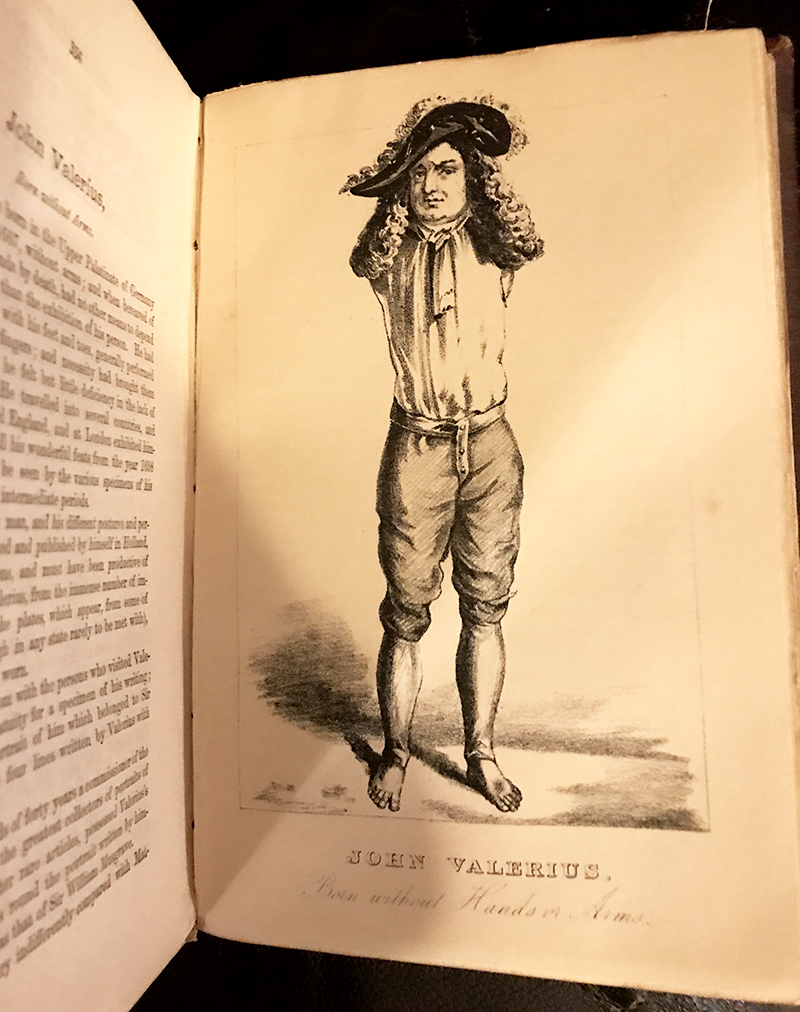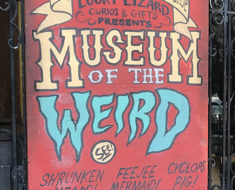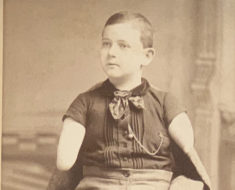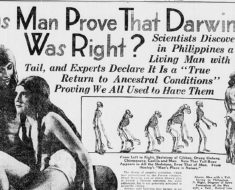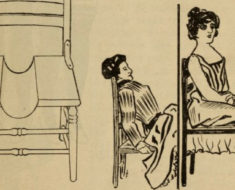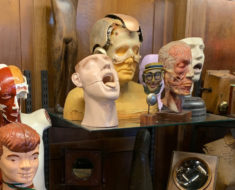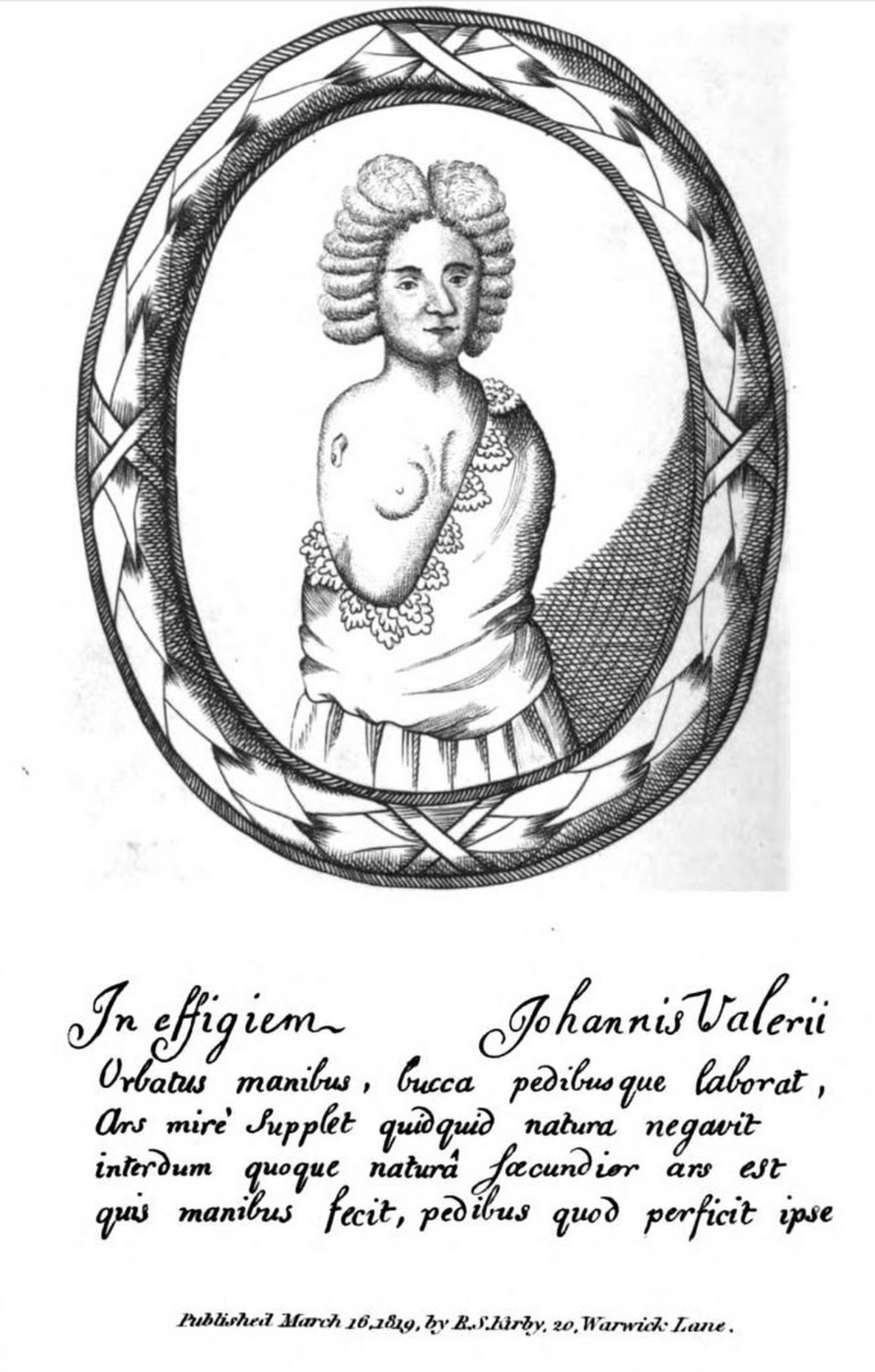
John Valerius, from Kirby’s Wonderful and Eccentric Museum, Vol. 6.
John Valerius was born in Upper Palatinate in Germany in 1667 without arms. Not even stumps. His shoulders were perfectly smooth and rounded, with one exception: the right shoulder had a thumb poking out. Adding to his peculiarity, his chest featured a feminine breast.
But Valerius didn’t let a little thing like no arms and a boob hold him back. He learned to compensate for his lack of limbs with his feet and toes, developing remarkable dexterity—much like his limbless contemporary Matthew Buchinger who was born several years after him.
After his parents passed away while he was still young, Valerius headed out into the world to earn a living. His talented feet led him to various countries, where he cashed in on his unique appearance and skills. He eventually landed in London, where he performed from 1698 to 1705.
In 1820, Volume 6 of Kirby’s Wonderful and Eccentric Museum offered a thorough description of Valerius’s performance:
Beating a drum, —Shaving himself, and combing his wig,—Elevating his leg to his head, and with his great and adjoining toe, he was enabled to take his hat off, and make an obeisance, standing in an erect posture. He writes with his right foot, keeping the paper steady on the ground with his left. He plays at cards, holding the cards between his toes, and throws dice with great dexterity. Standing erect, he grasps with his toes a stool (on which he usually sits) by the lower rail, and holds it out in a horizontal position. He places his stool on a table, with one of the legs overhanging, on which, at the top of the overhanding leg he places a die; then resting his left foot on the centre of the stool, his right leg and foot being stretched out as an equilibrium for the other part of the body, he stoops down and takes the die off the spot where it was placed, with his mouth. He stands with his left foot on the edge of a table, at the second joint of his great toe he places a die, and stooping down, takes the die in his mouth; his right foot being off the ground, forms a balance to his body. He stands erect on the tips of his great toes alone. He stands erect, and balances a glass of liquor on his forehead, walking backwards and forwards, without spilling the liquor. He stands on the edge of a table on his left foot, and bending backwards, brings his body in a parallel line with the table, the right foot being placed under the front edge of the table,
John Valerius, from The Book of Wonderful Characters, by James Caulfield and Henry Wilson.
by the strength of his great toe he forms the point of resistance to his body. Standing on his four-legged stool, his feet being placed close together, and bending forwards between his knees, he takes up a glass of liquor that is placed on the ground at the foot of the stool, in his teeth. Sitting on his stool, he places a glass of liquor on his head; at the same time elevating his legs in a perpendicular line to his head, his two feet being on each side of his head behind. Standing in an erect position, with a foil held by his toes, and supported by the bottom of his right foot, which is rendered as pliable as a hand, he elevates his leg to a horizontal position, and parries any thrust that might be made against him by the most expert fencer. The last of his extraordinary feats with which he usually closed his exhibition, was firing a musket; this feat he performed sitting on his stool, the musket being supported between the great and fore toe of the left foot, his right foot is turned inwards towards the butt end of the musket, the great and fore toe being much extended for the purpose of support, he pulled the trigger with his little toe, at the same time looking intently along the barrel, as if taking good aim.”
And like any good sideshow performer, he earned a few extra bucks after his shows by selling portraits of himself with samples of toe writing on the back—which he could reportedly do in five different languages.

